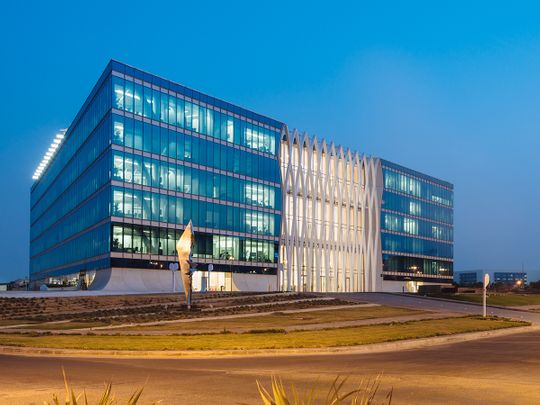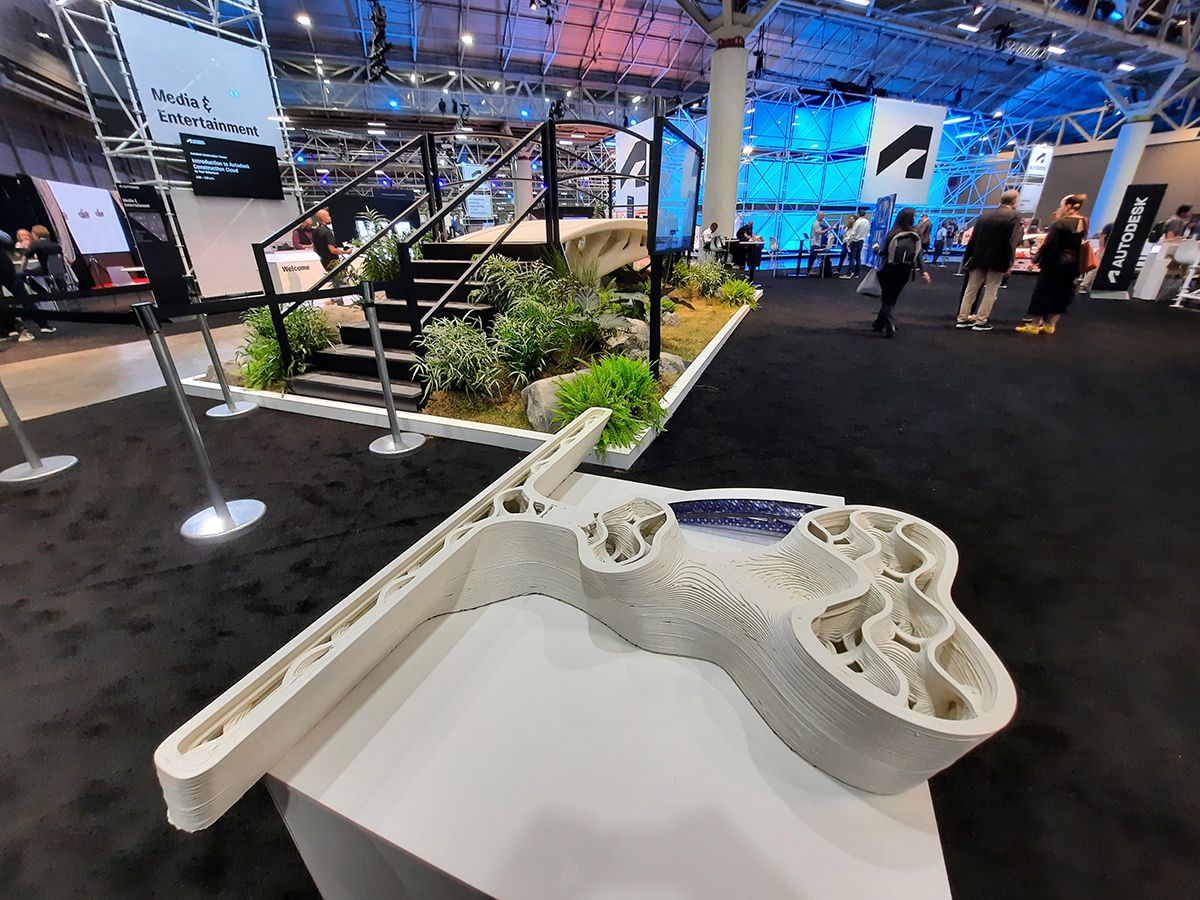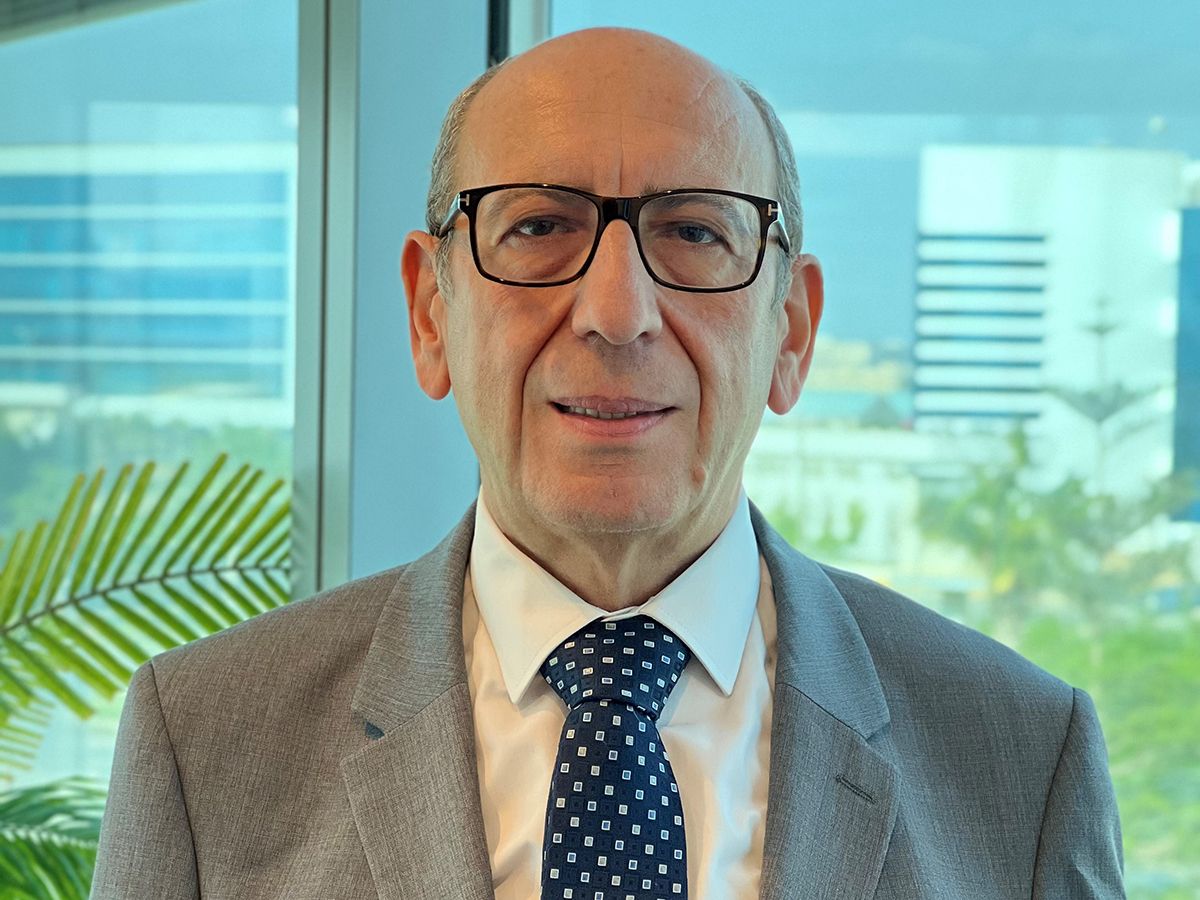
The global UN climate conference for 2022, COP 27, will convene in Sharm El Sheikh, Egypt from November 6-18. While the conference will seek to address the threat of climate change across the world, Egypt will use its presidency to draw attention to its effects in the Middle East and North Africa (Mena), particularly owing to the harsh temperatures and water scarcity. Experts believe COP 27 will spotlight Mena’s role as a potential leader in developing climate tech, leveraging renewable energy, especially solar, as well as its scope as a test bed for large-scale innovative solutions.
Dar Al Handasah, a leading international multidisciplinary consulting organisation, has been at the forefront of sustainable development across the region. From end-to-end design and execution of sustainable buildings and rehabilitation and retrofitting of existing buildings, to pioneering smart construction using 3D printing, robotics and artificial intelligence, Dar has been reimagining the future of buildings and large-scale civil structures for years now.

In the run-up to COP 27, we sit down with Dr Hazem Gohar, Director of Water and Environment at Dar, to learn more about the company’s projects, as well as the way forward for the region in terms of sustainability.
How significant is Egypt’s presidency of COP 27?
It is extremely significant, and a momentous event, for me personally, for Egypt, for Dar, and the whole region. For me, all my career has been in sustainability and the environment even before we started hearing about climate change, so on a personal level, it touches the heart of everything I do. And since Dar has signed the initiative for net zero carbon, this is very significant for the company as well.

When I joined Dar 35 years ago, our late founder used to say, any project that we do that is not sustainable beyond our lives has no value. So, we have always been ahead of the game with respect to sustainability and environmental measures and zero carbon before even realising their importance and impact on climate change. Of course, the fact that Egypt is hosting COP 27 reflects the commitment of the country and the Egyptian government towards decarbonisation. Egypt as a leader in Africa and the Middle East can showcase what it can offer and how it can support other African countries.
At COP 27, the focus will be on climate finance and climate adaptation. What practical hurdles do you see in implementing green finance that can help poor countries cut their emissions?
Apart from finance, we need to make sure people are aware of the impact of climate change. We also need to have regulations and policies in place as well as the technology. We must move on all three fronts. Green finance will help poorer countries overcome the challenges. The challenge is greater in emerging markets, where the upfront cost of development may have historically taken priority over longer-term benefits, sustainable building and infrastructure. Finance on its own, unless it's coupled with awareness, regulations, policies and technology, would not be beneficial.
What impact will the Sharm El Sheikh pact have on Mena and Dar?
There are governments and private companies in Mena that are taking strong steps towards sustainability, but as a region, we still need to do more. We hope that Sharm El Sheikh will raise awareness among both governments and communities and drive public and private sector participation to set strict regulations that enshrine sustainability and prioritise investments. Our research for COP 27 has shown that there is a common opportunity in Mena to focus on policy for transportation, urbanisation, water and resources, and overall product management. Once there is demand from governments and communities, the market will follow. As a design and engineering consultant, Dar has for many years incorporated the baseline standards of sustainable designs in all our projects. Whether our clients asked for sustainability or not, the buildings and infrastructure that we design all incorporate sustainability measures. With COP 27 and raising awareness that it's not a choice or a luxury anymore, more clients would be obliged to follow the path.
How will COP 27 ensure promises are followed up with action? What role can organisations like Dar play as an attendee and leader in sustainability across the region?
The most important thing is to make it happen, to move from pledges to implementation. Sharm El Sheikh has to be built on the bold decarbonisation promise that was set last year in Glasgow, and we have to build on whatever they have achieved over the previous COPs. As a participant in COP 27, Dar will be hosting a series of capacity-building workshops and panels. We're holding two workshops on decarbonisation and built environment in the United Nations building, coalition pavilion, and towards net zero solutions at the Egyptian pavilion. We're hosting events at the Green Zone focused on energy transition and decarbonisation principles on November 10 and 11. We hope to share our expertise and insights, through our extensive experience in these sectors as well as the lessons learnt, to show stakeholders the solutions and inspire others.
Do you see COP 27 pushing for an even greater contribution from the private sector towards climate and development objectives? How will Dar be able to make a difference?
The private sector has an enormous role to play in the fight against climate change. Dar and other companies in the architecture, construction and engineering industry particularly have an essential role because we provide the design, planning and engineering services and we have the technology and know-how. Dar works closely with policymakers, so we're bringing our technical and planning expertise to shape sustainable policy solutions. We have drafted the codes on behalf of our clients to enable a more sustainable design in the future that is environmentally friendly and can be sustained. True leadership like this, along with the power to implement it on the ground is what we can offer as a company and Dar will be showcasing it at COP 27.
The urban built environment contributes to 75 per cent of annual global greenhouse gas emissions, while buildings and construction alone are responsible for 39 per cent of the world’s carbon emissions. How are Dar and its projects going to help the world achieve net zero by 2050?
Dar is a signatory to the net zero carbon buildings commitment, and it has been our mission to drive sustainability in the building and construction industry. We regularly work with ambitious clients to create some of the world's most sustainable structures and developments. We look at the full life cycle of these projects. Our experts investigate every avenue for sustainable design choices, starting with sustainable local materials, through resource efficiency measures incorporating renewable energy, using smart and digital solutions to monitor and optimise management across the project life cycle. In Egypt, our work in planning and designing entire districts in the new capital city has focused on delivering sustainable, smart, resilient infrastructure. This is not only limited to new buildings but we also do rehabilitation and retrofitting of existing buildings. So, we're moving on many fronts and digital technology is also assisting in achieving sustainability measures that can satisfy all the requirements of zero carbon.
How is consumer awareness in Mena shaping energy transition? What does this mean for the built environment?
Our research on consumers in Mena this year has shown that more people are concerned about climate change. The majority of consumers are willing to make changes in their daily routines to lower their personal carbon footprint. But many feel they don't have enough sustainable alternatives easily available. Our job is to create even greater awareness, but more importantly, create opportunities for people to make sustainable choices in how they commute, where they live, and how they consume resources. To drive a community-wide push towards net zero, we must make sustainable choices not just effortless for people, but also highly desirable and attractive. Only then can we achieve net zero.




